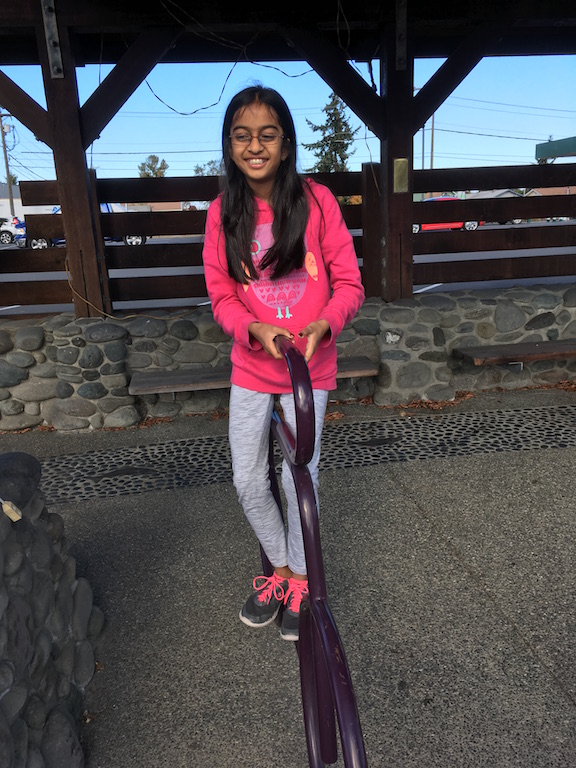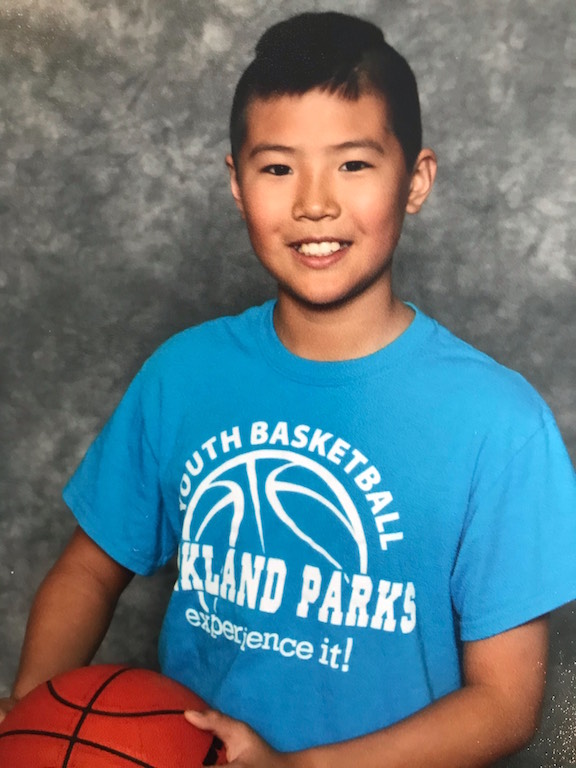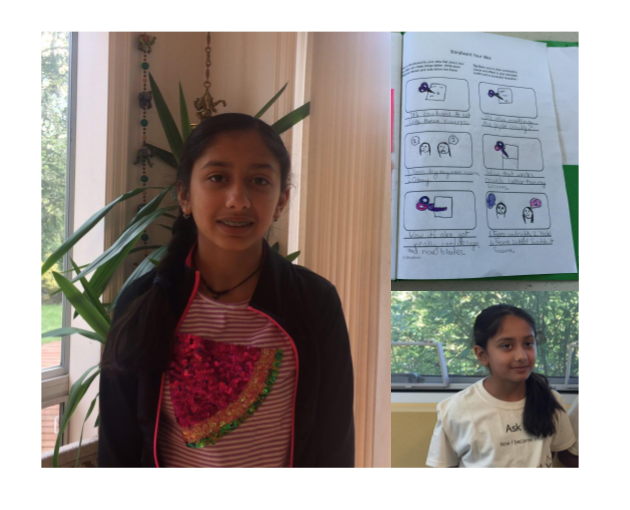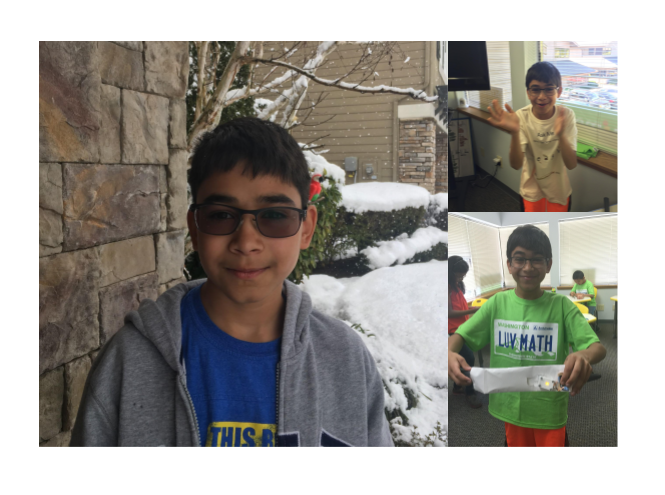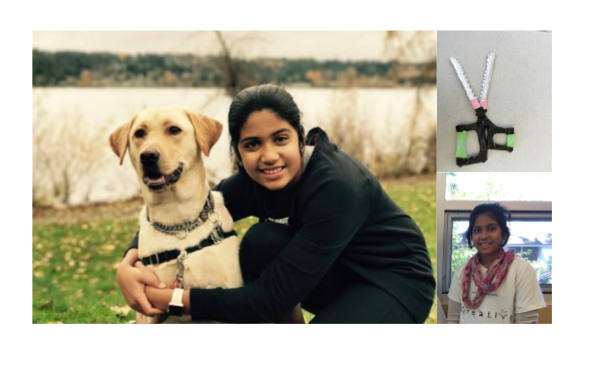Our featured student inventor this time is Krithi Iyer, who came up with an idea to make a temperature sensing shoe. Her invention won a national level award as part of the “Student Ideas for a Better America” competition organized by the National Museum of Education. She designed the shoe as part of our summer camp, held in collaboration with the Archimedes School.
Here is Krithi talking about her idea in more detail.
Can you tell us a little bit about yourself?
I’m Krithi Iyer from Redmond Middle School. I am currently in 7th grade and enjoy coming up with new ideas. Usually my ideas take the form of artwork, however I often come up with various inventive ideas.
What is your invention and how does it work?
My invention was a ‘Thermochromic Shoe’, a shoe that could change its internal temperature. A problem I usually encountered was super cold, or super sweaty feet. This shoe can either cool or heat your foot. As the temperature changes, the color of the thermochromic paint also changes, a color sensor inside of the shoe will then sense the color and either heat up the shoe or cool it down based on the color of the paint. The shoe can also grow or shrink, to fit your foot size and to allow more air circulation inside.
Did your prototype work? How was that experience?
My prototype worked partially. I wasn’t able to make the color sensor or the heating and cooling system, but I was able to show how thermochromic paint reacted to the temperature outside. I hope that one day I will be able to build this shoe. I enjoyed the experience especially since I enjoyed painting with the thermochromic paint.
What did you learn from the summer camp?
Probably the most significant thing I learned from this camp was what thermochromic paint was. I was previously unaware such a thing existed, but I found it to be a tool that could be used to solve many problems—smaller or larger than a sweaty foot. I also learned the stages of becoming an inventor and how they come up with and execute their ideas.
Who is your favorite inventor and why?
My favorite inventor is Leonardo Da Vinci. He not only created several inventions such as the prototype for a plane, but he was also an artist. His inventions have greatly shaped our world today and I give my thanks to him.
What kind of problems do you want to solve when you grow up?
When I grow up, or maybe even now, I want to find cures to diseases. Medicine has usually always intrigued me and learning about new diseases enthralls me, or sometimes scares me.
What will you be using your prize money for?
My prize money will be used for 3 things. First, I am going to donate 20% of it to charity. 10% I am going to save, and the remaining 70% will be used for a business fair I plan to participate in. I will use the money to buy the materials I need to make my merchandise.
Congratulations Krithi for winning the award! We wish you the best in your upcoming business fair, and other creative endeavors in the future.

